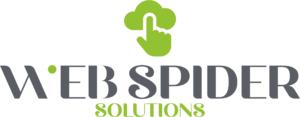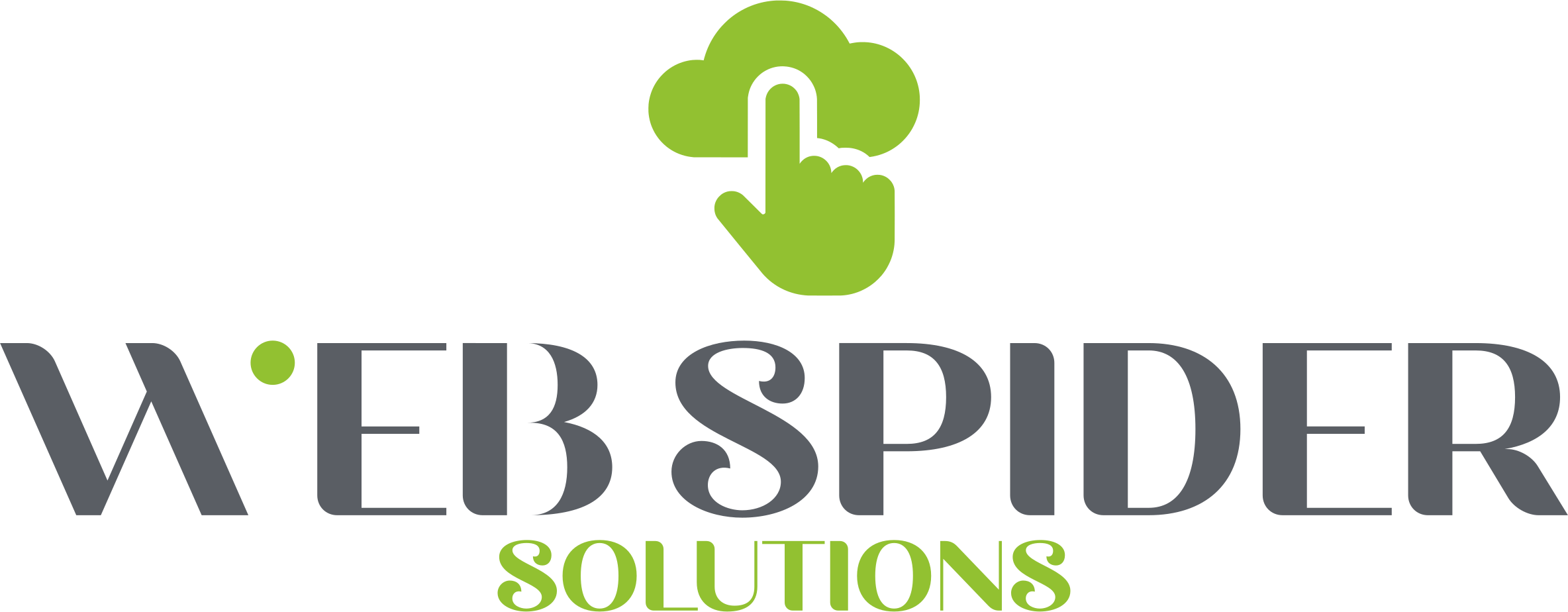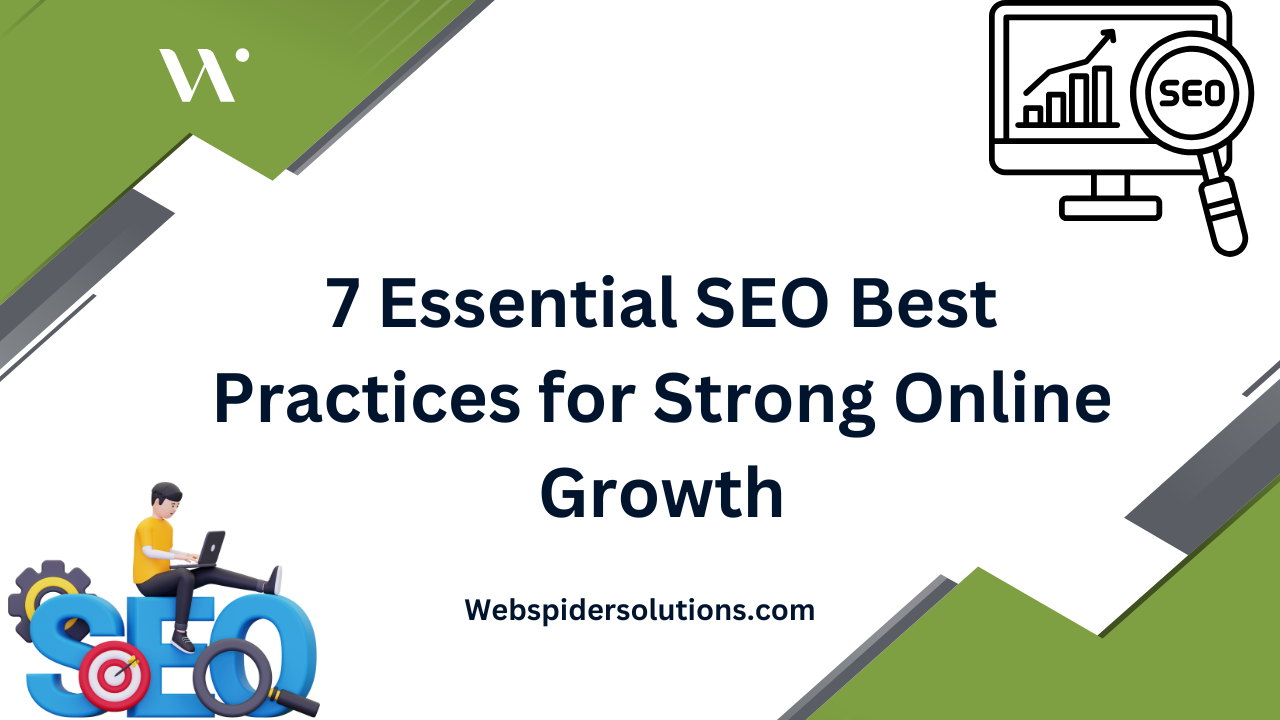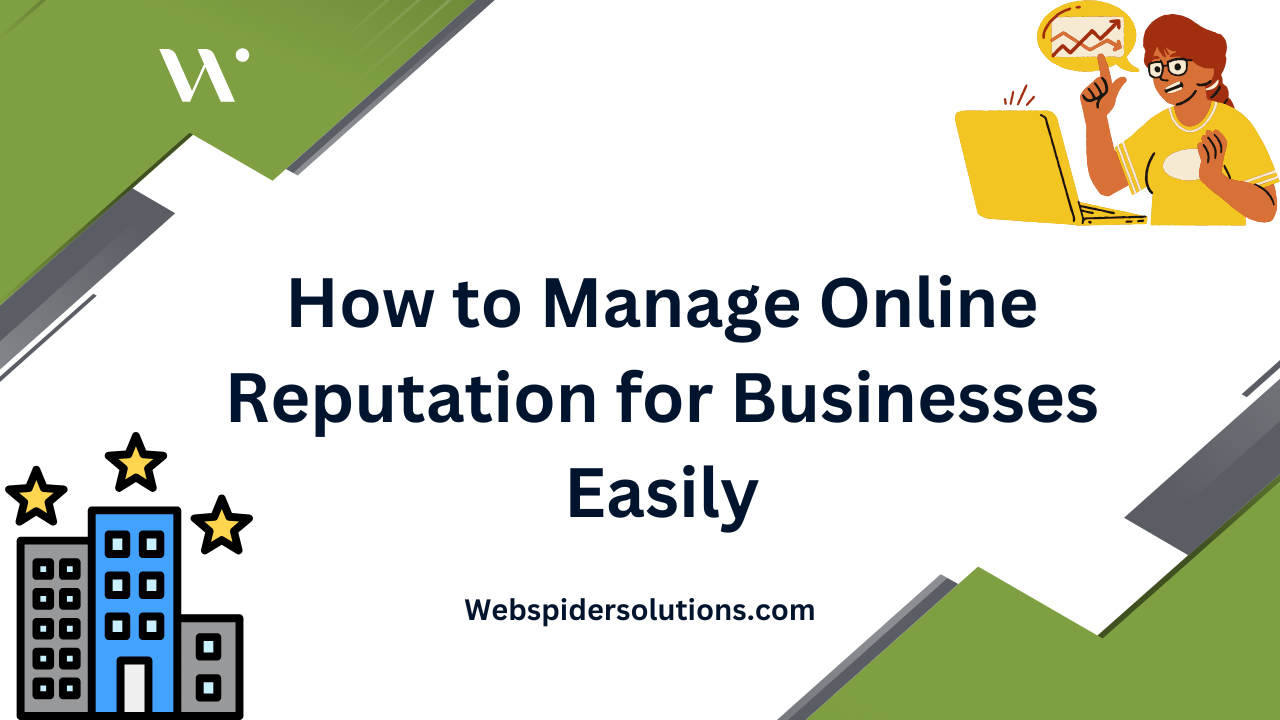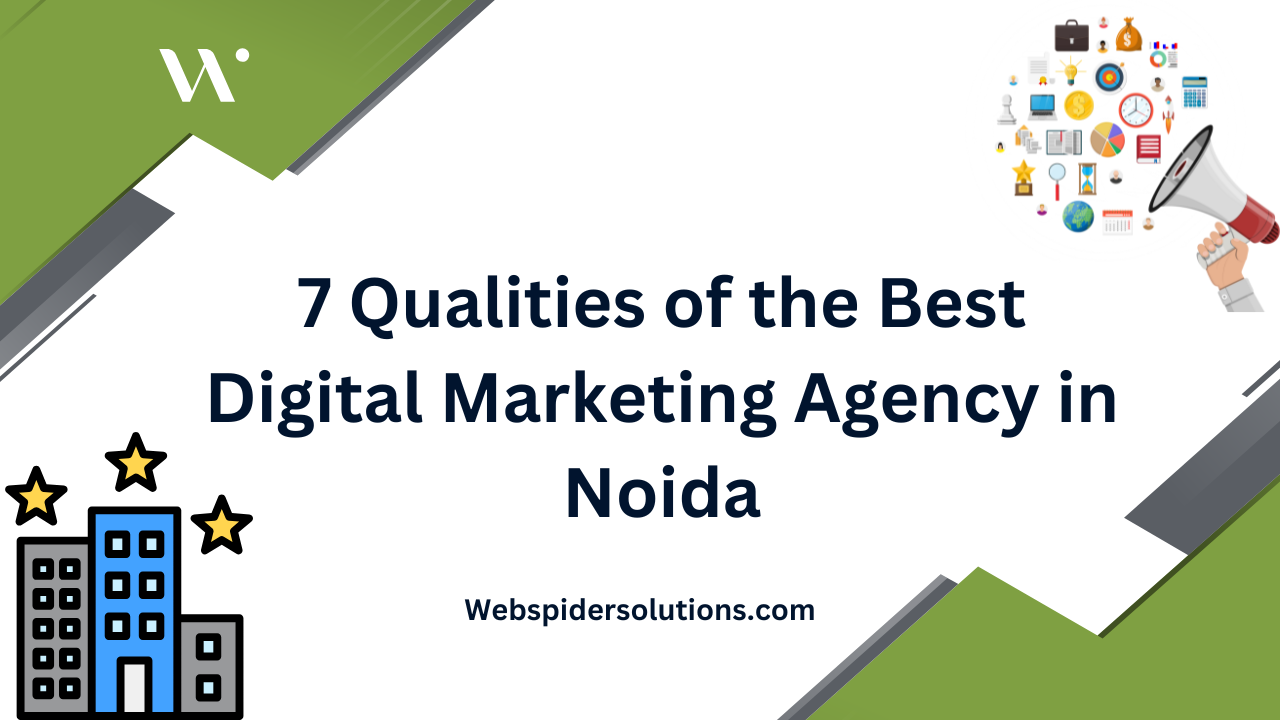Content marketing can make or break a growing business and most companies still struggle to stand out online. Now for the real shocker. Firms with a documented content strategy are 313 percent more likely to report success compared to those winging it. Many assume content is about flooding social feeds but the secret is building trust and using data to pinpoint exactly what your customers crave.
Table of Contents
- Why Your Business Needs a Content Marketing Plan
- Step-by-Step Process to Build Your Content Marketing Plan
- Measuring ROI and Optimizing Your Plan for 2025
Quick Summary
| Takeaway | Explanation |
|---|---|
| Establish a clear content marketing plan. | A structured plan helps navigate the digital landscape and engage effectively with an audience. |
| Understand your audience deeply. | Create detailed buyer personas to tailor content that addresses specific needs and preferences. |
| Differentiate your brand through valuable content. | Unique, insightful content enables businesses to stand out and create genuine connections. |
| Implement advanced ROI measurement techniques. | Move beyond basic metrics to assess deep audience engagement and long-term customer value. |
| Adopt a continuous improvement mindset. | Regular audits and adaptability are key to optimizing content strategies for evolving market demands. |
Key Statistics on Content Marketing Success
Here is a summary table of important statistics from leading industry research mentioned in this guide.
| Statistic | Source | Implication |
|---|---|---|
| 313% more likely to report success with a documented content strategy | Content Marketing Institute | Document your strategy for greater effectiveness |
| 80% of companies with a documented strategy consider themselves effective | West Virginia University | Strategic planning significantly boosts marketing outcomes |
| Personalized content can increase engagement rates by up to 60% | HubSpot | Tailor content for stronger audience interaction |
Why Your Business Needs a Content Marketing Plan
In the digital age, businesses face unprecedented challenges in capturing audience attention and driving meaningful engagement. A strategic content marketing plan serves as your roadmap to navigating these complex marketing landscapes, transforming how you connect with potential customers and grow your brand.
Establishing Trust and Credibility
Content marketing goes beyond simple advertising. It represents a powerful approach to building genuine relationships with your target audience. By creating valuable, informative content, businesses can position themselves as thought leaders in their industry. Learn more about strategic content approaches that help establish credibility.
According to the American Marketing Association, content marketing is essential for building trust and educating audiences. When businesses consistently produce high-quality, relevant content, they demonstrate expertise and commitment to solving customer problems. This approach moves beyond traditional sales pitches, offering real value that resonates with potential clients.
Driving Sustainable Business Growth
A well-crafted content marketing plan is not just about creating content—it’s about creating the right content that drives actionable results. Research from West Virginia University reveals that 80% of companies with a documented content strategy consider themselves effective in content marketing.
This statistic underscores a critical insight: businesses that approach content strategically are more likely to see tangible outcomes. By understanding your audience’s needs, pain points, and interests, you can develop content that not only attracts attention but also converts prospects into loyal customers.
Competitive Advantage in Digital Markets
In today’s saturated digital marketplace, standing out requires more than traditional marketing techniques. The Better Business Bureau emphasizes that a strong content marketing plan enables businesses to create a dynamic online presence, attracting new customers and competing effectively.
A strategic content marketing approach allows you to:
- Differentiate Your Brand: Showcase your unique perspective and solutions
- Improve Search Engine Visibility: Create content that ranks and attracts organic traffic
- Engage Target Audiences: Develop meaningful connections beyond transactional interactions
By investing time and resources into a comprehensive content marketing plan, businesses can transform their digital marketing from a cost center to a powerful growth engine. The key is not just producing content, but producing content that genuinely serves and resonates with your target audience.
Step-by-Step Process to Build Your Content Marketing Plan

Creating an effective content marketing plan requires strategic thinking and a systematic approach. This comprehensive process will guide you through developing a robust strategy that aligns with your business objectives and resonates with your target audience. Explore our comprehensive content marketing resources to support your journey.
Define Your Marketing Goals and Audience
Successful content marketing begins with crystal-clear objectives. According to Content Marketing Institute, businesses that document their content strategy are 313% more likely to report success. Start by establishing specific, measurable goals that directly connect to your broader business outcomes.
Key considerations for goal setting include:
- Brand Awareness: Increasing visibility and reach
- Lead Generation: Attracting potential customers
- Customer Engagement: Building deeper relationships
- Sales Conversion: Driving revenue through targeted content
Simultaneously, develop a detailed understanding of your target audience. Create comprehensive buyer personas that outline demographic information, pain points, challenges, and content consumption preferences. Research from HubSpot reveals that personalized content can increase engagement rates by up to 60%.
Content Strategy and Channel Selection
With clear goals and audience insights, develop a strategic content plan that maps relevant content types to specific buyer journey stages. Different formats serve different purposes:
- Top of Funnel: Educational blog posts, infographics, social media content
- Middle of Funnel: Detailed guides, webinars, case studies
- Bottom of Funnel: Product comparisons, testimonials, detailed demonstrations
Choose distribution channels strategically. Not every platform will be right for your business. Analyze where your target audience spends time and focus your efforts there. This might include:
- Owned Media: Company blog, website
- Social Platforms: LinkedIn, Twitter, industry-specific networks
- Email Marketing: Newsletters, targeted campaigns
- Paid Channels: Sponsored content, targeted advertising
Here is a table breaking down the types of content and matching them to their appropriate buyer journey stages and channels. This will help clarify where and how different content formats are most effectively used.
| Funnel Stage | Content Types | Primary Channels |
|---|---|---|
| Top of Funnel | Blog posts, Infographics, Social content | Blog, Social Media |
| Middle of Funnel | Guides, Webinars, Case Studies | Website Resources, Webinars, Email |
| Bottom of Funnel | Comparisons, Testimonials, Demonstrations | Product Pages, Email Campaigns, Webinars |
Content Creation and Measurement Framework
Develop a content calendar that outlines topics, formats, publication dates, and responsible team members. This provides structure and ensures consistent content production. Implement a robust measurement framework to track performance against your initial goals.
Key performance indicators (KPIs) should include:
- Engagement Metrics: Time on page, social shares
- Conversion Metrics: Lead generation, newsletter sign-ups
- SEO Performance: Organic traffic, keyword rankings
- Revenue Impact: Attributed conversions, sales pipeline
Regularly review and adjust your strategy based on these insights. Content marketing is an iterative process that requires continuous optimization and adaptation to changing market dynamics.
By following this systematic approach, businesses can create a content marketing plan that not only attracts attention but drives meaningful business results. Remember, the most successful content strategies are those that remain flexible, data-driven, and closely aligned with audience needs.
Measuring ROI and Optimizing Your Plan for 2025
Measuring the return on investment (ROI) of your content marketing strategy is crucial for understanding its effectiveness and making data-driven improvements. As we approach 2025, businesses need sophisticated approaches to track, analyze, and optimize their content marketing efforts. Learn how to boost your digital marketing ROI with advanced measurement techniques.
Advanced ROI Measurement Techniques
Traditional metrics are no longer sufficient for comprehensive content marketing evaluation. European Science Research highlights the importance of aligning content goals with organizational objectives and employing nuanced measurement techniques.
Key ROI measurement strategies include:
- Conversion Tracking: Measure direct and indirect conversions attributed to content
- Customer Lifetime Value: Assess long-term impact beyond immediate sales
- Engagement Depth: Analyze quality of audience interaction, not just surface-level metrics
- Cost Per Acquisition: Calculate the precise investment required to gain new customers
Businesses should develop a holistic approach that goes beyond simple traffic or engagement numbers. The goal is to understand how content directly contributes to business growth and strategic objectives.
AI-Driven Content Optimization

Cutting-edge research from ArXiv introduces neural-network-based systems that can score and extract insights from marketing content. These advanced technologies enable businesses to:
- Predict content performance before publication
- Identify specific elements that drive audience engagement
- Generate data-driven recommendations for content improvement
- Automate complex analytical processes
The Advanced Marketing Optimization Framework provides innovative approaches to maximizing marketing effectiveness under budget constraints. This research suggests using gradient estimation techniques to directly optimize business goals, moving beyond traditional performance measurement.
Continuous Improvement Framework
Optimizing your content marketing plan is an ongoing process that requires:
- Regular Performance Audits: Quarterly comprehensive reviews
- Adaptive Strategy: Flexibility to pivot based on data insights
- Technological Integration: Leveraging AI and advanced analytics tools
- Cross-Functional Collaboration: Alignment between marketing, sales, and product teams
Successful content marketing in 2025 demands a proactive approach. Businesses must view ROI measurement not as a periodic check but as a continuous improvement cycle. By embracing advanced analytical techniques and AI-driven insights, companies can create more targeted, effective content strategies that deliver measurable business value.
Remember, the most powerful content marketing plans are those that can quickly adapt, learn from data, and consistently align with evolving audience needs and business objectives.
Frequently Asked Questions
What is a content marketing plan?
A content marketing plan is a strategic blueprint that outlines how a business will create, distribute, and manage content to achieve specific marketing goals and engage its target audience effectively.
Why is a documented content strategy important for businesses?
A documented content strategy enhances the likelihood of success by 313%, as it helps businesses to plan effectively and create content that resonates with their audience, leading to better engagement and conversion rates.
How can I measure the ROI of my content marketing efforts?
To measure ROI, businesses should track key performance indicators (KPIs) such as conversion rates, customer lifetime value, engagement depth, and cost per acquisition to understand the effectiveness of their content marketing strategies.
What are some effective content types for different buyer journey stages?
Content types can include educational blog posts and infographics for the top of the funnel, guides and webinars for the middle, and product comparisons and testimonials for the bottom of the funnel.
Ready to Transform Your Content Strategy for 2025?
If you have ever struggled to make your content marketing plan deliver real business growth, you are not alone. The challenge of building trust, attracting the right leads, and staying ahead with advanced analytics is real for growing businesses. Your team may be producing content, but without a documented strategy or data-driven optimization, standing out in the digital crowd feels impossible. This is where actionable insights meet proven strategies. Learn from real success stories and see how others overcame these same hurdles by visiting our Stories Archives.
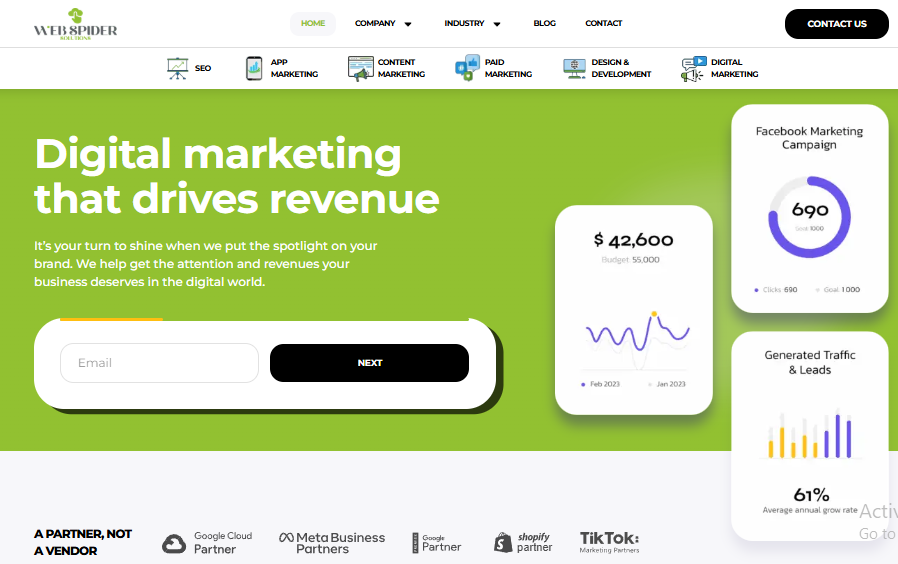
Do not let your next quarter look like the last one. Take advantage of expert guidance and proven digital marketing tools that help you align your marketing goals, analyze results, and adapt your content for measurable ROI. Visit Web Spider Solutions now to request your free consultation and start building a content marketing plan crafted for real growth in 2025.
Recommended
- 7 Content Marketing Trends to Know for 2024 (+Tips to Prepare)
- Content Marketing Archives – Web Spider Solutions
- SaaS Archives – Web Spider Solutions
- 8 Steps for a Successful Digital Marketing Strategy
